The homesteading checklist not only helps individuals learn essential skills and manage land and resources but also provides a way to lead a self-sufficient lifestyle.
I have been following it since my first years of homesteading.
Here, I have created a complete homesteading checklist for a 12-month action plan covering planting, harvesting, livestock care, and seasonal preparations.
January: Planning & Preparation
At the start of the year, you need to set homesteading goals for the whole year, with everything from food production and livestock to self-sufficient projects.

You can create a budget for seeds, tools, and livestock.
Organize the seeds saved from past years, check their viability, and order what you lack, along with gardening supplies for spring.
I constantly review my garden area this month and try to adjust and improve if necessary.
As garden and household tools and equipment are used continuously, take a moment to sharpen blades, mend the handles, and replace the older or broken parts.
Check your tractors and other farm vehicles and get them serviced to optimize their health.
Spring is near, so you also might want your livestock (chickens, goats, cows, and both small and big animals) to breed. You can plan a schedule for the year.
It’s also a perfect time to start indoor seedlings. I begin with onion, peppers, tomatoes, and other spring and summer vegetables.
What about your fruit forest or orchard?
You can choose some trees, berry bushes, and perennials based on your hardiness zones and order in early spring.
I’m not an auditor, but I review my check and balance of the past, evaluate the financial condition, and edit the budget for the current year if necessary.
You cannot learn all homesteading skills at once, so plan to improve them based on your priorities. You need to decide this at the very beginning of the year.
February: Preparing for Spring
If you’re an avid gardener, you must know some gardening ideas for ornamental purposes and crop production.
It’s wise to have a year-round garden plan.
You might also want to buy a row cover, plastic, planter, trellis, or fencing materials.
Check soil health, test pH levels, and amend the soil in your greenhouse. If you don’t have planting areas, build raised garden beds and prepare a greenhouse.

With that, you can use compost for soil enrichment.
Sanitize and organize the food preserving areas such as the freezer, root cellar, and pantry.
You also need to prepare homestead animal shelters for spring births. Offer fresh bedding, gather required supplies, and create birthing pens.
If you’ve planned to add new birds or animals this year, you can order now.
I love tapping maple trees for syrup on warm days. You can also do the same if applicable.
March: Seed Starting & Early Planting
You may find your hands getting dirty more often during this time. Either you sow seeds directly in the ground or start seeds indoors based on your growing season.
You can start by planting more indoor seeds of broccoli, cabbage, and herbs. Harden off the seedlings before transplanting them outside.

Besides, direct sow cold-tolerant crops such as peas, lettuce, arugula, Swiss chard, broccoli, and radishes outdoors.
Though it’s a dry month, upcomings are wet months so you need to set up rainwater collection systems for irrigation and household chores.
Rain barrels and cisterns can harvest rainfall from rooftops and surface runoff.
If you have existing fruit trees and berry bushes, it’s the right time to prune.
Beekeepers need to understand that spring is a time for bees to lay eggs, raise broods, and gather nectar. And your job is to ensure that they have everything for productive spring and summer honey flow.
Clean, check their coop, barn, or stall, and repair doors and walls after winter.
April: Spring Planting & Livestock Care
Continue cleaning animal shelters and move to storage shed, house, mudroom, basement, and garden. Don’t try all at once, as you also have to take care of your back.
Tackle one area at a time.
Have you already done it? Bravo! Now, you are left only to provide fresh bedding before it is too warm outside.
Add the removed beddings to the compost pile.
With that said, you can plant more cool-season crops such as carrots, beets, and potatoes. Also, plant the delivered fruit trees into your orchard.
If chicks have grown with some feathers, you can move chicks from brooders to outdoor coops.

This time, your pasture fields are filled with green grass everywhere, so you can start rotational grazing for livestock.
Your milk animals also increase their yield in spring, so you can collect as much milk as possible to make cheese for winter.
Check your homestead, backyard, or grazing field for open boundaries or broken enclosures, and make sure to install or repair fencing.
Also, prepare for kidding or lambing season.
If you’re frustrated with weed invasion in the gardening area, it’s the right time to lay down weed suppression barriers. For this, you need wood chips, compost, or fabric.
May: Garden Expansion & Pest Control
I like to forage food and medicine in my small backyard during this month. Thanks to my years of experience in gardening, I can identify dandelion, ramps, chickweed, nettles, and lamb quarters.
Flowers are my favorite (but lesser than avid floraphiles).
You can also plant flowers as companion plants to attract butterflies and other beneficial insects to your garden for pollination.

To control pests in the garden, introduce beneficial insects such as ladybugs, praying mantises, lacewings, and ground beetles, which are commercially available in the local shop.
It’s going to be summer, and there is no plan for warm-day fruits. Why?
So, plant warm-season crops, including corn, beans, and squash.
Clear out the past season’s stock of canned, frozen, or root-celled food to make room for the upcoming harvest. You can barter them for your needs with neighbors.
With that said, your early crops, such as lettuce and spinach, are ready to harvest.
If your garden needs weed management, start mulching them or manually removing them.
You also need to breed rabbits and goats for meat production.
June: Peak Growing Season & Harvesting Begins
This is a growing season when you transplant late crops such as pumpkins and melons.
The climbing plants have grown enough with tendrils, so you need to give support by building trellises.
Also, inspect the flowers of crops on the raised beds if you have laid them out with row covers. You might need to either remove the covers for natural pollination or hand-pollinate.
Tomato plants are large enough to prune and train. You can also pinch basil flowers or deadhead flowers of other plants if you don’t need them to produce seeds.
Also, it’s the right time to start preserving herbs after drying and freezing. You may also want cool glass containers to store them and glue the name and packing date.

I often pick strawberries and mulberries this time and make them into jam and jelly.
You can also make compost with fresh green grass clippings and garden weeds. Also, make weed tea using nettles, lamb’s quarters, dandelion, and comfrey.
Check if your garlic has grown enough to harvest scapes and make lacto fermented garlic scape recipes.
Besides, it’s a time for you to harvest honey from beehives.
Those who raised chickens and completed 45 days can process the first round of broiler chickens for meat.
Also, keepers need to install shade structures for livestock.
July: Harvest & Food Preservation
This is a pure harvesting time when you can bring in tomatoes, cucumbers, beans, and corn.
Start canning and fermenting vegetables to preserve your harvest. I love making tomato sauce, salsa, BBQ sauce, and many other canning recipes.
You can also freeze and dehydrate surplus fruits and vegetables.
Forage, pick, and preserve raspberries, blackberries, and blueberries.

I also call it garlic braid time; my grand would do that, and I learn it well.
Stop watering 2 – 3 weeks before harvesting and clear out mulch to help the bulbs dry.
After harvesting, dispose of spent spring or early summer crops to prepare for a fall or winter garden. As you remove the bed, make sure that you amend and prepare it.
You have lots ot garden waste after harvesting crops, which you can maintain in compost bins.
Generally, chickens mature around 6 months, so you can cull non-laying chickens for meat.
Also, cut grass and stock up on hay for winter feeding.
August: Fall Preparations & Livestock Care
Fall is legging it, so you need to plant fall crops such as kale, carrots, and cabbage.
You can direct-sow seeds of kale, lettuce, Swiss chard, and other fall favorites. Also, save seeds from heirloom plants.
Before winter, you need to check fences and shelters and make a final call.

Water your garden as required. It is worth investing in rainwater catchment and drip irrigation for the future irrigation.
You need to harvest all of your honey before fall.
I forgot to remind you to harvest elderberries to make elderberry syrup. Have you done it?
Cabbage worms roam around young brassicas, and tomato hornworms are aggressively active at this time. So, keep your eyes on the pest.
Prepare livestock such as sheep and goats for breeding season and start planning winter food storage.
September: Final Harvest & Winter Readiness
This is the final harvest time for summer crops. After picking, store root vegetables, such as carrots and potatoes, in a root cellar or basement.
Apples are ripe in the hilly areas, so you can harvest the fruits and store them for the winter and make hard apple cider.
Add all the jalapenos and other hot peppers to the fermented hot sauce. Also, continue preserving, canning, freezing, and fermenting the produce more.
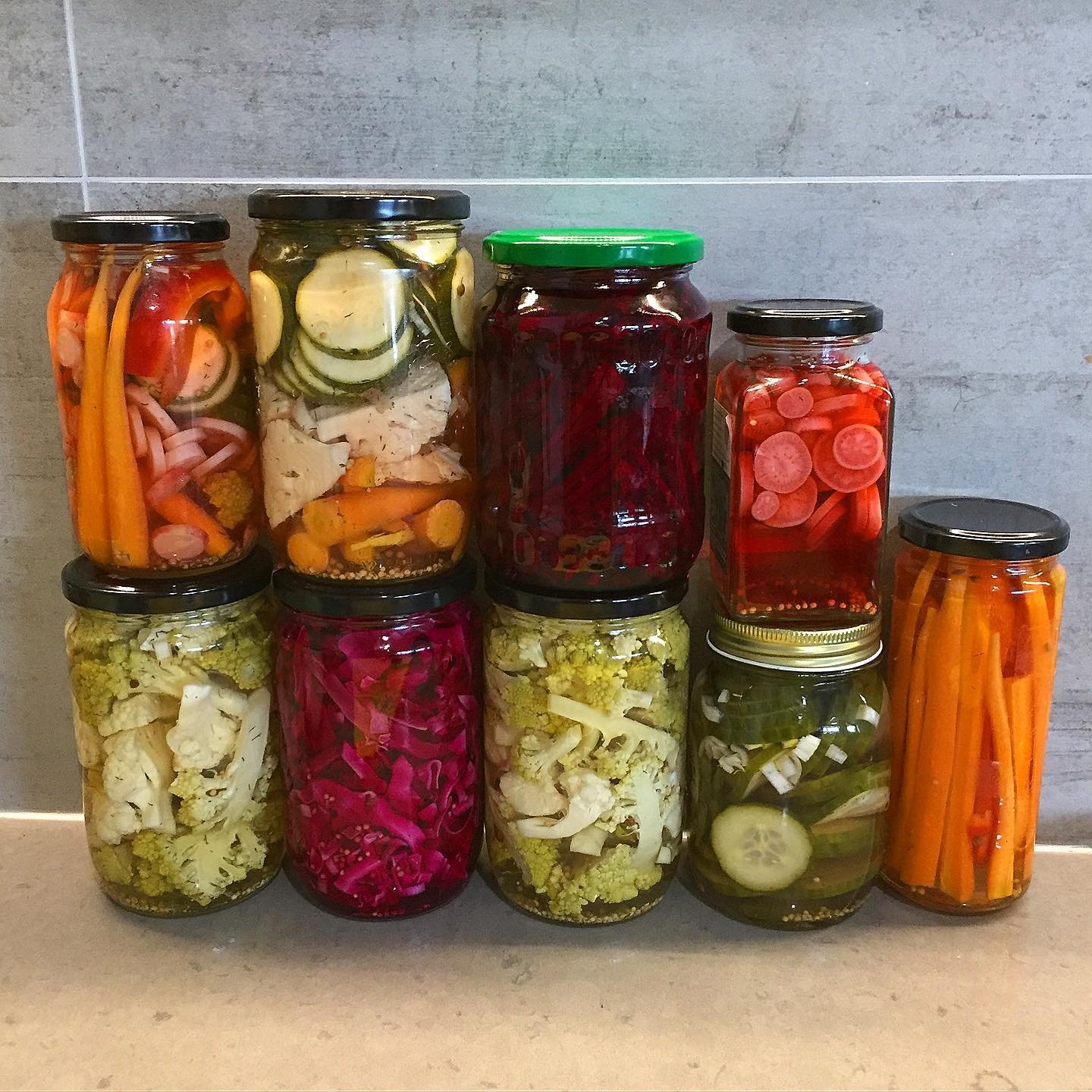
For a quick harvest, direct sow fast-growing fall greens and radishes.
September comes with the first frosts based on the growing zone. So, you need to consider forecast and save your tender crops with row cover and avoid frost damage.
I always make a balanced food storage including vegetables and non-vegetable foods. If you’re too, butcher meat animals for winter supply.
If you’re in the countryside, make sure that you stockpile firewood for heating.
Besides, you can set up cold frames for extending the growing season and maintain farm equipment before storage.
October: Homestead Maintenance & Food Storage
Have you preserved apples, squash, and pumpkins? If not, now is the time before winter!
Your animals cannot forage outdoors in winter, so begin stocking up on animal feed.
If you have left annual crops, harvest one last time, or you can continue with season extenders. Make sure they are working well.
Forage and harvest acorns, persimmons, autumn olives, and medicinal herbs for winter remedies.
I know you might be wondering when to prepare greenhouses for winter crops. This is the time!
You need to deep-clean barns, sheds, and coops on the last time. For better insulation, lay out fresh bedding and install heated waterers for livestock.

Also, winter-proof all outdoor systems such as water, barns, and fencing.
It’s a rush time to clean and cover the vegetable garden before winter. So, try as much as you can by doing weeding and mulching in your garden bed. This will make spring planting much more manageable.
Collect fallen leaves of trees for mulching and cover garlic cloves after planting. You can also consider winterizing your perennials.
If you have raised pigs or large meat livestock, butcher them before winter.
November: Preparing for Cold Weather
Finish your canning and preserving projects by this month.
Check if your backyard farm, including a coop or barn, needs supplemental lighting. Also, you need to make sure that the heated water is working properly.
As farm equipment is not in use, consider winterizing it.
I love this month for my pastimes, preparing indoor projects or crafting several DIYs. Soap making, candle making, and creating skin creams from wax and tallow are some of my favorites.

With that said, don’t forget to create holiday gifts from homestead products.
You may also want to make jams or sauces from frozen fruits or vegetables.
December: Rest & Planning for Next Year
Take a notebook and write down what you did and what remained incomplete. Also, record things that went well and what didn’t work.
After this, you can review successes and failures from the year.
Continue harvesting greens under low tunnels until you see in the deep snow.
It’s not only work and all, you need some enjoyment too. Enjoy fresh food from the pantry and freezer.

This time, you will find many holiday discounts on pantry and freezer items with staples, so it’s worth investing in butter, flour, sugar, and nuts.
It’s the last month of the year, so you can plan next year’s crop rotation.
Order some seed catalogs and make planting lists.
Finally, wrap up your year-end finances, including your last-minute purchases.
Final Thoughts
A homesteading checklist is essential for planning and executing tasks throughout the entire year.
I have tried to include all the activities around the year for homesteaders from all hardiness zones. Therefore, growers and keepers must determine what best suits their local conditions.
Also, it is not necessary to complete all tasks. You can keep it depending on your priorities.

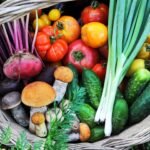

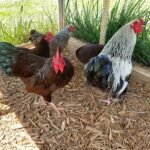
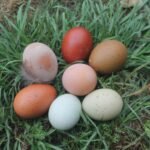
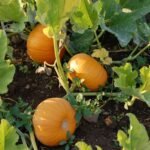
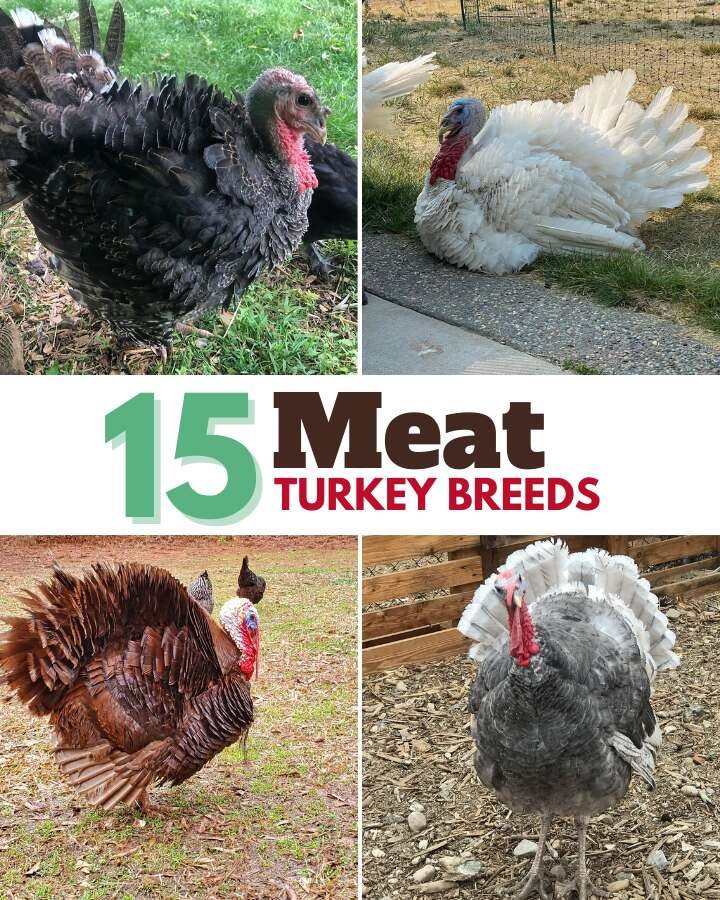
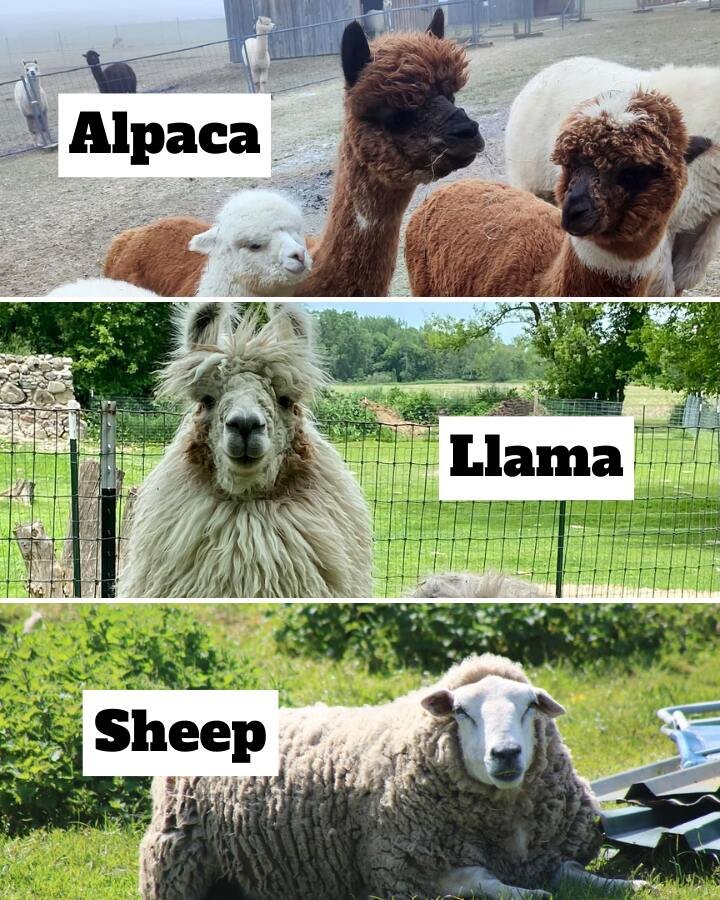

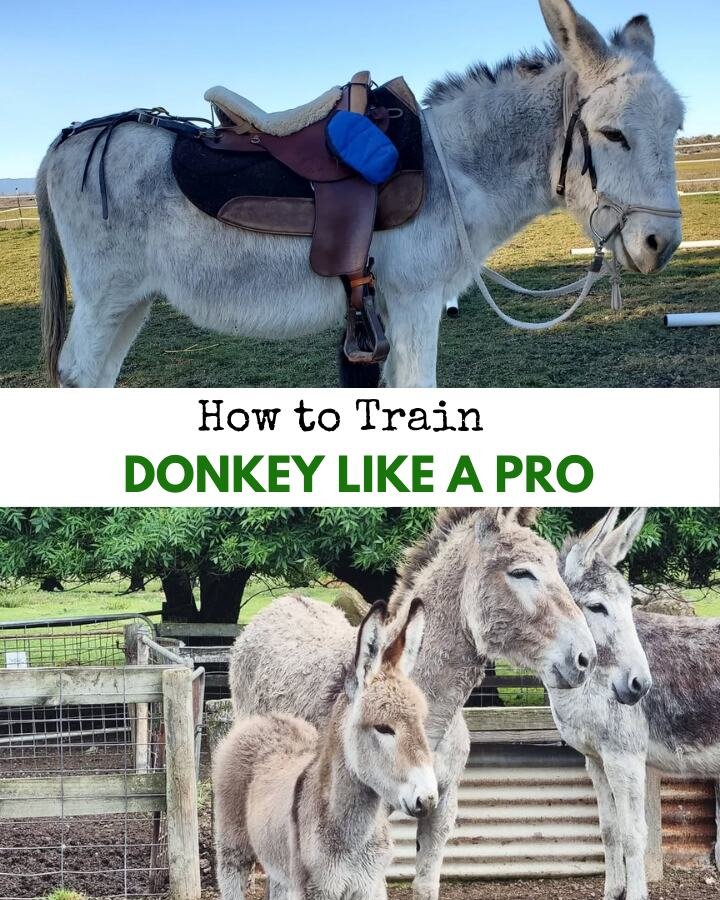
Leave a Reply